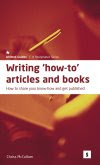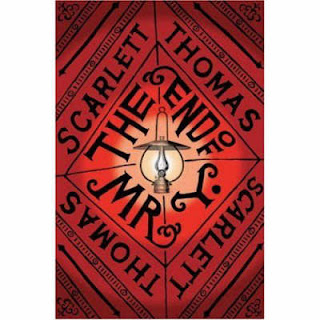 Dreams on Spec is a 2007 documentary which follows three writers as they work on spec film scripts.
Dreams on Spec is a 2007 documentary which follows three writers as they work on spec film scripts.
The three writers – David, Joe and Deborah – are at different stages; David works at a talent agency and has sold one of his scripts, Joe’s been working on a script for a number of years whilst day-trading and looking after his autistic daughter, and Deborah used to work for a creative agency and is now trying to find funding to film her first script. As well as being at different stages in their careers, their screenplays are on wildly diverse themes – David’s is a modern take on the slasher film, Joe’s written a coming of age piece, and Deborah’s film is described as a ‘gory commitment comedy’.
We don’t get to learn too much about the content of their scripts, but the focus of the film is more on their attitudes and perseverence; David’s concerned about losing control of the script as it goes into production, Joe’s meetings with a script advisor suggest it’s almost ready to be sent out, and Deborah is trying to pay the bills whilst hoping that money’s forthcoming to make her film. Intercut with their three tales are short ‘talking head’ spots with established screenwriters like Nora Ephron, Carrie Fisher and Ed Solomon, all of whom talk in a realistic way about the nature of working in the film industry, and the ways they’ve been treated by studios in the past.
The film’s about 90 minutes long (plus an extra 30 minutes of material featuring the established writers), but I found it seemed much shorter than that, as it was very engaging; it’s an interesting insight into the often mundane reality of writing (that is: re-writing, and re-writing, and so on), interspersed with some very amusing insights. The three writers were well presented – for example, it’s hard not to feel for Joe when he asks his wife to read his latest draft, and she sharply replies that she’s already read several drafts for him.
The direction, editing, and general film-making on this documentary are pretty much perfect – by which I mean that it’s as good as invisible; whilst it’s very professionally made, there are no flashy or obtrusive directorial tricks, and so it just gets on with telling the story – and it’s a story which, if you’re interested in writing, is an interesting one. In a way, the film could be seen as a bit of a litmus test to establish whether writing’s for you – given the stated unlikelihood of succeeding (it’s likened to the chances of winning the lottery), the film makes one either feel that there’s little point in applying pen to paper (or finger to keyboard), or rather stirs the feeling that trying harder is the way to go (you can probably guess which camp I fell into).
I don’t know if this film has been shown on UK TV (More4 or BBC4 seem the most likely channels for a broadcast of it), but it’s available to buy on R1 DVD, and I certainly recommend it – if nothing else, it’s nice to see that there are people in the same boat as you are. You can buy the DVD from the official website, or from Amazon, and I think it’s well worth watching.





